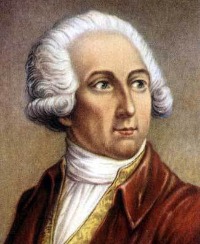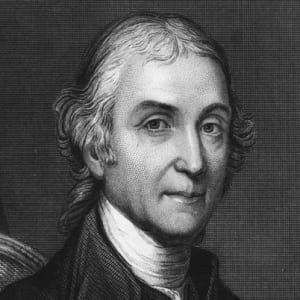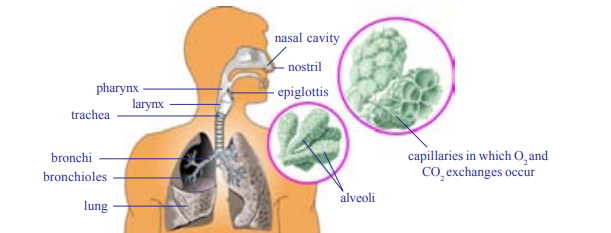- Nutrition food supply to System
- Mechanism of Photosynthesis
- Light independent reaction (Biosynthetic phase)
- Heterotrophic nutrition and nutrition in Human Beings
- Health aspects of the elementary canal
- Synopsis
- Long answer Questions
- Short Answer Questions
- Quiz Questions
- Important quiz questions
- Important quiz questions
- Reproduction - The generating system
- Reproduction in a placental mammal - Man
- Cell cycle
- Reproduction In Organisms
- Parthenogenesis
- Vegetative Propagation
- Male Reproductive System
- Female reproductive system
- STRUCTURE OF A SPERM
- Menstrual Cycle
- Extra Embryonic Membrane
- Sexual reproduction in flowering plants
- Synopsis
- Long Answer Questions
- Short Answer Questions
- Quizz
- Important Quiz Questions
Respiration -The energy Producing system
Introduction :
Respiration is one of the most important characteristics of all living organism. Respiration is an oxidation process involving the breakdown of food substances such as carbohydrates, fats, and proteins to produce energy and other by-products. The released energy is temporarily stored as ATP. The energy is used in activities such as synthesis of proteins from amino acids, production of enzymes, muscle movements, conduction of electrical impulse in a nerve cell, production of new cells by cell division and other biological processes. Glucose is the only ultimate raw material for respiration If, for instance, glucose is not available to cells, the body of the organism may break down the proteins and fats to produce the glucose.
The term ‘respiration’ derived from the Latin word ‘respire’ meaning ‘to breathe’, refers to the whole chain of processes from the inhalation of air to the use of oxygen in the cells. To begin with, we shall study the relation
of gases and the process of respiration.
Discovery of gases and respiration

Lavoisier
The term respiration came into use, a century after the word breathing was used, way back in the 14th century. It was used much before people knew that air is a mixture of gases. They hardly knew anything about all the life processes that took place internally in a living body. Respiration which was used as a medical term usually referred to as a process involving passage of air and production of body heat.
It was not until the 18th century when Lavoisier and Priestley did a comprehensive work on properties of gases, their exchange and respiration that we came to know something about how the process of gaseous exchange goes on, in our body.
Events / Steps in Respiration
There are no strict demarcations of events involved in the process of respiration. It is a very complex process of several biochemical and physical processes. But for a general understanding of what goes on, we shall study under the following heads

Breathing
Breathing (or respiration, or ventilation) is the process of moving air into and out of the lungs to facilitate gas exchange with the internal environment, mostly by bringing in oxygen and flushing out carbon dioxide.
Mechanism of breathing [Pulmonary ventilation]
It means the inflow [inspiration] and outflow [expiration] of air between the atmosphere and the alveoli of the lungs. During inspiration, lungs are expanded and during expiration lungs are contracted. There are mainly two processes by which the lungs are expanded and contracted.
- The downward and upward movement of the diaphragm which increases and decreases the diameter of the thoracic cavity.
- The elevation and depression of the ribs due to contraction and relaxation of intercostal muscles lengthens and shortens the thoracic cavity.
Inspiration
Thoracic cavity expands by the upward and outward movement of the ribs. It is followed by flattening of the diaphragm, brought about by the contraction of the muscles of the diaphragm. With an increase in the volume of the thoracic cavity, the pressure here becomes lower than the outside atmospheric air which forces air into the lungs through the nose and trachea.
Expiration
Expiration is mainly a passive process. Relaxation of muscles of the diaphragm and intercostal muscles mover the ribs and thoracic wall inward and downward, which decreases the volume of the thoracic cavity and increases pressure in thoracic cavity which causes air to be expelled out.
Pathway of air
Let us observe the pathway of air from nostril to alveolus.

The Nose:
First, air enters your body either through your nose or your mouth, where it is then held in your nasal cavity/oral cavity. Once inside the nasal cavity, the air passes through the nasal conchae. As it travels, the air makes rapid swirls of movement in order to cause small particles in the air to stick to mucus. It is also humidified, filtered, and warmed.
Pharynx:
The pharynx is a pathway in which both air and food travel, henceforth it is an important passage for the digestive and respiratory tracts. The pharynx is divided into three different parts-- the nasopharynx, the oropharynx, and the laryngopharynx. The nasopharynx is located at the back of the nasal cavity, and it is the uppermost part of the pharynx. In between the nasopharynx and the laryngopharynx is the oropharynx, which extends between the soft palate and the base of the tongue. The laryngopharynx is the extension of tissue between the hyoid and the entrance to the esophagus. It is the lowermost part of the pharynx and is the main entrance to the digestive tract.
Larynx:
After the air has passed through the pharynx, it then proceeds through to the larynx where it comes into contact with the glottis, a narrow opening that leads into the trachea. The larynx is also known as your voice box, from which sound is produced. Many structures within your larynx include the epiglottis (above the glottis), vocal cords,
Trachea:
Air travels through the trachea before it reaches the lungs. The trachea can also be referred to as the windpipe. It attaches to the cartilage located in your throat, from where it then travels downward before it breaks off into two primary bronchi.
Bronchi:
There are two primary bronchi that branch off from the trachea. These structures are referred to as the right and left primary bronchi. Their layout is very similar to that of the trachea, with C-shaped rings encircling them to give them their structure, as well as cartilage to make it more easily moveable. The primary bronchi branch off into what is known as the bronchial tree, where air passes through the secondary bronchi which enters the lobes within the lungs. These bronchi are even more flexible than the primary. After air passes through the secondary bronchi, it then reaches the tertiary bronchi, which are even smaller pathways.
Bronchioles:
Bronchioles are the finest conducting pathways within the respiratory system. These bronchioles are the last passageway for air before it reaches the alveoli, where it then is combined with blood that is first pumped back to the heart and then circulated throughout the rest of the body.
Alveoli:
The alveoli are the areas within the lungs where the oxygen is transferred into the blood in exchange for carbon dioxide. In other words, this is where the gas exchange takes place. The air travels through the alveolar ducts into the alveolar sac where it is met with capillary networks. Air is diffused into the blood through a complicated series of chemical reactions. This is how fresh air replaces the air that has already been used. People with pneumoconiosis have trouble breathing due to coal dust building up in the alveoli, which clogs the alveolar sacs. This makes it harder to breathe because blood cannot get a sufficient concentration of oxygen to receive nutrients.



0 Doubts's